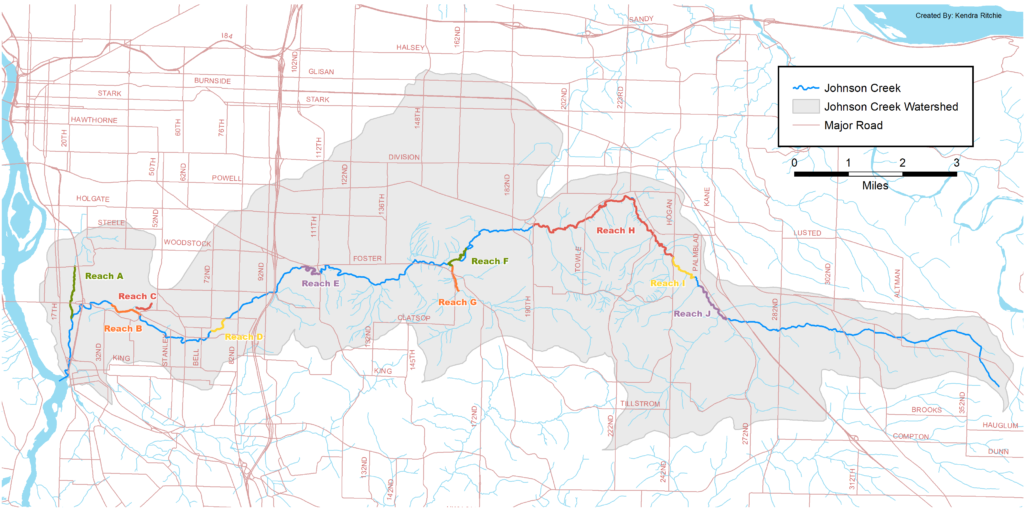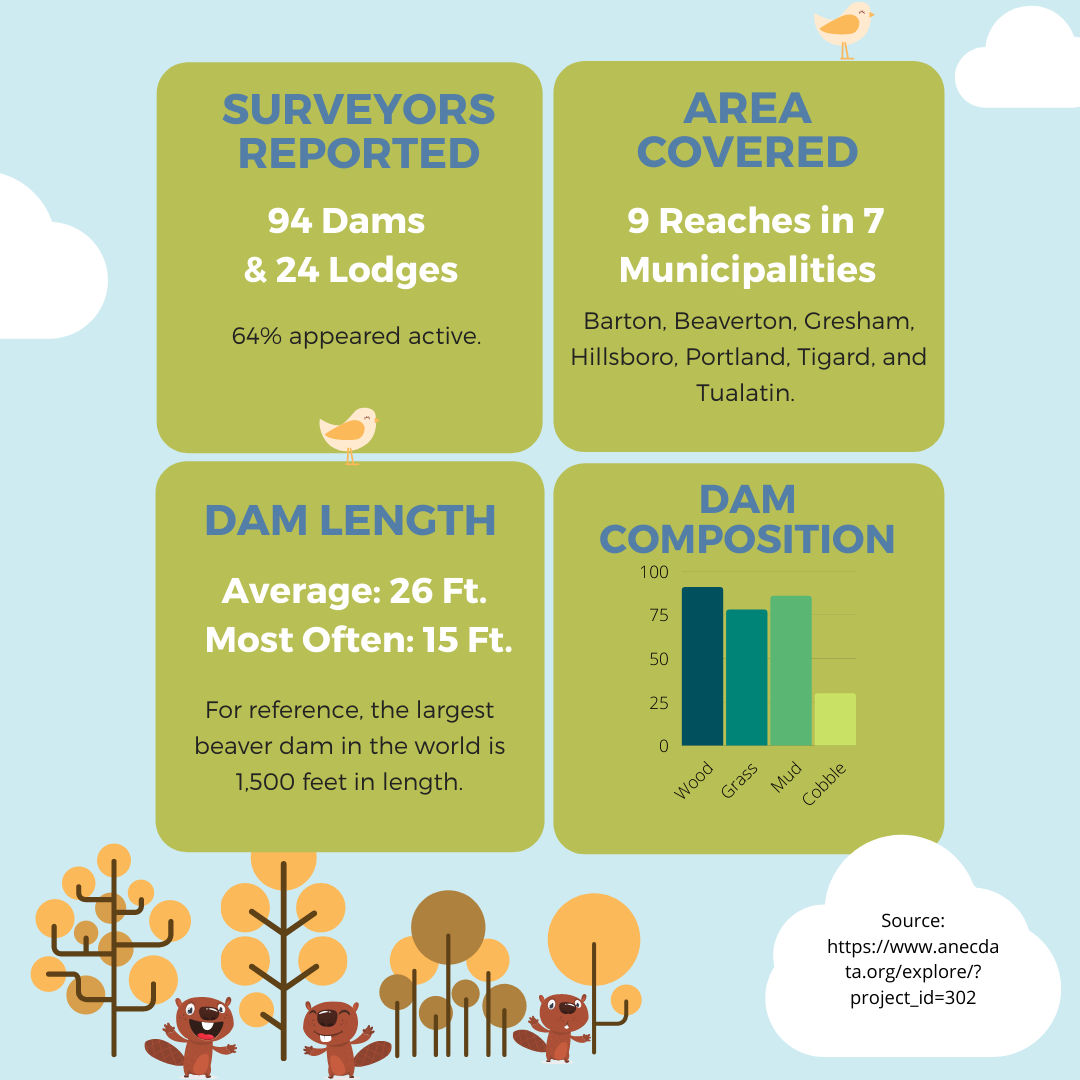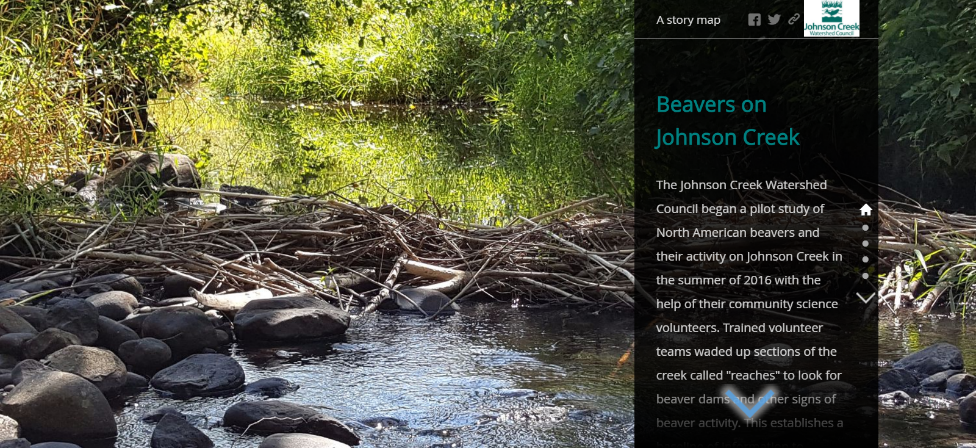Beaver Science
Amazing and important creatures
Beavers are ecosystem engineers.
The beaver is the state animal of Oregon.
Beavers are native to much of North America. The dams they build create ponds and wetlands, and the cool, deep water associated with beaver ponds can be vital habitat for fish, including coho salmon.
The North American beaver, Castor canadensis, is one of two beaver species in the world–the other is the Eurasian beaver, Castor fiber. Beavers were abundant throughout their native range prior to European contact but were nearly extirpated by the 1800s due to the fur trade. They are now making a comeback and populations are generally considered healthy. Our community science program is improving our understanding of how to work with beavers to restore the watershed.
What we’ve discovered together –
Beavers are making a comeback in Johnson Creek!
150
Dams
15
Lodges
250
Average Dam Length
Beaver Survey Reaches

We’re only beginning to understand just how important beavers are to the landscape – to water tables, flood control, and fish habitat.
Life History
In the wild, beavers can live for 12-20 years. They usually live with their parents for the first 2 years of life, helping to build dams, gather food, and raise younger kits before leaving the colony to find a mate. Beavers mate for life, beginning at age 2 or 3. A pair of beavers will have 2-6 kits, in a single litter, each spring. Kits can swim within 24 hours of being born!
Beavers are herbivores, eating the inner bark of woody plants (trees and shrubs) as well as some plant roots. They prefer certain woody species–for instance willow and alder–over others. When they cut down a tree or shrub, it is sometimes for eating and sometimes for building.
Beavers Build
Beavers are excellent swimmers, but they are vulnerable to predation on land. The ponds created by their dams help them move around more freely and safely. (They do not build ponds to trap fish.)
Along with dams, beavers create various other visible structures. They often build lodges for living in. The lodge may be on the bank or on the dam, and looks like a large pile of sticks. Beaver lodges are uncommon in Johnson Creek, where beavers more often seem to live in burrows in the bank. Both lodges and burrows have underwater entrances to maximize the beavers’ safety when coming and going.
Beavers also may create canals in slough and wetland areas to help them move the wood they have harvested because it’s easier to float a log than to drag it!
Methodology
Beaver surveys take place in August and September each year. Volunteers survey stream reaches, recording all beaver dams and other signs of activity, such as chewed trees and mud slides. Each survey is conducted by 2-3 volunteers.
Reaches (sections of streams) are selected based on likelihood of finding beaver activity. We send volunteers mainly to natural areas owned by Metro and other public agencies, where we anticipate the highest density of beavers will be found.
Survey methodology was developed with several other agencies in the Portland metro area. The project’s main scientific advisor was Kate Holleran, Metro’s Senior Natural Resources Scientist.


